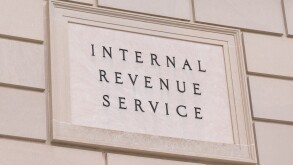
|

|
|
Arne Schnitger |
Martin Weiss |
Over the past few years, partnerships have grown in popularity as investment vehicles into Germany. Profit shares are repatriated free of withholding tax as partnerships are treated as transparent for income (corporation) tax purposes, that is the income is taxed at the level of its partners. However, German trade tax levied on business income is owed by the partnership itself, that is the partnership is not transparent for trade tax. Consequently, trade tax losses can only be carried forward by the partnership and cannot be offset against income from other German operations of associated enterprises. To enable offset of the trade tax losses of the German partnership against other trade tax income of the partner, the trust model is frequently used by German and foreign investors. The second partner holds a minor limited partnership share as the nominee of the general partner. In consequence, the partnership ceases to exist for tax purposes (that is, the general partner is subject to tax on the trade tax income) while continuing to exist under corporate law. Accordingly, the partnership's results are mingled with those of the general partner for both trade and income (corporation) tax.
Such partnerships being set up according to the trust model trigger various questions, for example regarding their entitlement to a tax-free reorganisation under German tax law. A provincial tax directorate has issued a new directive according to which a merger of a company into a partnership deemed as being held by a single partner cannot be conducted tax-free for failure to meet the condition in the Reconstructions Tax Act that the merged assets be taken up by the surviving entity. Even though this interpretation of the law is questionable, it may make a trust partnership somewhat inflexible as a vehicle for further operations.
Arne Schnitger (arne.schnitger@de.pwc.com)
Tel: +49 30 2636-5466
Martin Weiss (martin.weiss@de.pwc.com)
Tel: +49 30 2636-2588
PwC
Website: www.pwc.de









